QOTD: Does Fiat Chrysler Automobiles Need More Cars?
The American new vehicle market is evolving. Indeed, the rate of evolution suggests it may be evolving fast enough to be deemed a revolution.
Passenger car market share is down to 37 percent through the first five months of 2017. We’re not even a decade removed from a time when passenger cars accounted for more than half of all U.S. auto sales. Cars have lost 4 percentage points of U.S. market share in just the last year. While pickup trucks, SUVs, and crossovers added 225,000 sales, year-over-year, in the first five months of 2017, passenger car volume tumbled by more than 145,000 units.
As a result, automakers are giving up on cars. Not wholeheartedly, not across the board, not routinely. But in specific areas. And this couldn’t be more obvious at Fiat Chrysler Automobiles, where the company no longer has entries in the two largest passenger car sectors. Heading into 2018, FCA’s car branch will market two Dodges, one Chrysler, and a handful of Fiats, Maseratis, and Alfa Romeos.
Is that enough? Or does Fiat Chrysler Automobiles need more cars?
Gone from FCA’s car lineup are the Dodge Dart and Chrysler 200, the lone remaining compact and midsize cars in the automaker’s U.S. lineup.
This leaves two full-size sedans: Dodge Charger and Chrysler 300 and a full-size coupe, the Dodge Challenger, in the mainstream section of the lineup. That trio of cars accounts for just 3 percent of America’s passenger car market.
The Fiat 500 will be FCA’s lone remaining small car of note. The Fiat 500L is an afterthought that generates barely more than 100 sales per month. The Fiat 124 Spider joins the Dodge Challenger on the sporty side of the lineup. Then there’s the Alfa Romeo Giulia and 4C, the former of which is still ramping up. (883 were sold in May.) Maserati also markets a trio of cars: two sedans plus the GranTurismo.
Together, all of these cars and the discontinued models produced 123,588 U.S. sales in the first five months of 2017, 41,993 (25 percent) fewer than during the same period of 2016. For perspective, Toyota and Lexus combine for roughly 84,000 car sales per month, Hyundai and Kia combine for 72,000 monthly car sales, General Motors and American Honda each sell roughly 64,000 cars per month, and the Ford Motor Company sells nearly 52,000 cars per month.
14 percent of FCA’s year-to-date U.S. sales volume is car-derived.
Should FCA forge ahead without a proper car lineup, safe in the knowledge that consumers want Jeeps and Rams, Grand Caravans and Pacificas? Safe in the knowledge that it would be a wasted effort because car consumers don’t want Dodge and Chrysler cars?
Or should FCA work harder to find a way to expand its car portfolio through midsize and compact partnerships?
[Image: Fiat Chrysler Automobiles]
Timothy Cain is a contributing analyst at The Truth About Cars and Autofocus.ca and the founder and former editor of GoodCarBadCar.net. Follow on Twitter @timcaincars.
More by Timothy Cain
Latest Car Reviews
Read moreLatest Product Reviews
Read moreRecent Comments
- Wjtinfwb Looks in decent nick for a Junkyard car. Other than the interior being partially gutted for some trim pieces, you could probably drive it out of the junkyard. Maybe a transmission issue and the cars value precluded a $2k or more fix? J cars were pathetic when introduced in '82 and never really got any better. But GM did sort out most of the reliability issues and with a modicum of maintenance these would run a long time if you could stand the boredom. Guess this owner couldn't.
- GS340Pete I see a lot of these on the road. I can't remember the last time I saw one on my local Chevy dealership's lot. They've never in my memory had a few lined up with balloons. Short sighted to kill it off? Perhaps. But I certainly think the rows of $65k and up trucks is short sighted. That's going to bite soon. Looks like they're piling up already.And what about the Trax? Malibu or Trax? Gotta be honest, I'd pick the Trax.Although it should have 50 more HP IMHO. And why are so many preaching doom about the 'wet belt' engine?RIP, Malibu. Ride the highway in the sky with the Impala (talk about short sighted.)
- ToolGuy GM didn't care about these and you shouldn't either. 😉
- FreedMike Yet another GM Deadly Sin: trot out something in what was a very competitive and important market segment that hadn't been restyled in 11 model years, and was based on a platform that was over 20 years old, and expect people would be dumb enough to buy it over a Corolla or Civic (or a Focus, for that matter).
- TheMrFreeze Makes you wonder if he's seeing something with Stellantis he doesn't like and wanted out as a result. As somebody with three FCA vehicles in their driveway, Stellantis is sounding more and more like DaimlerChrysler 2024 🤬



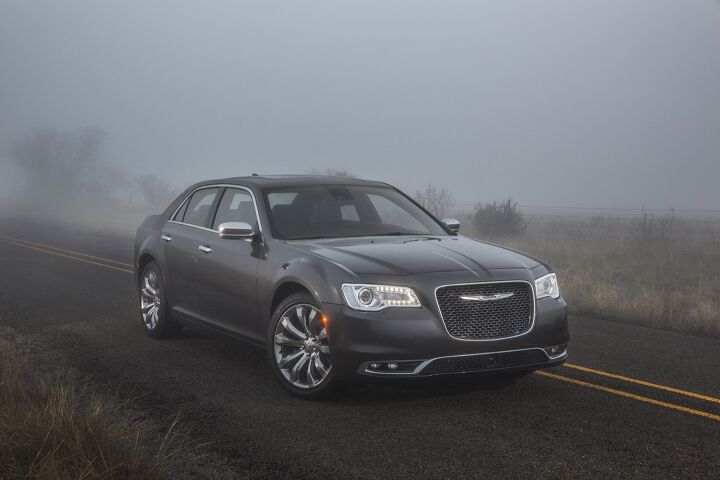












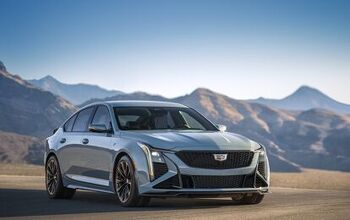


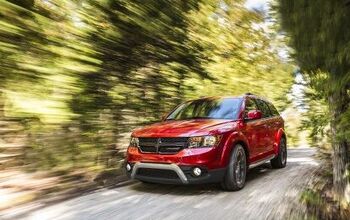


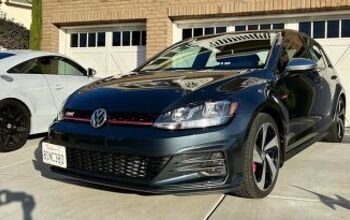
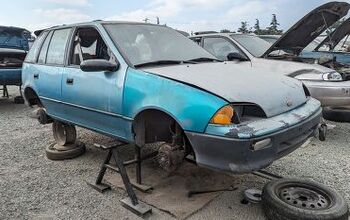
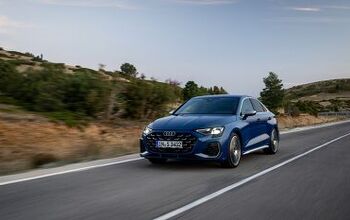

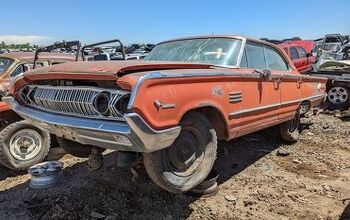
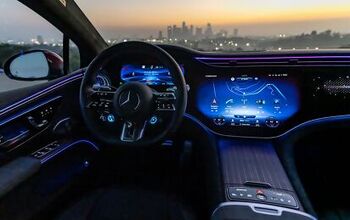

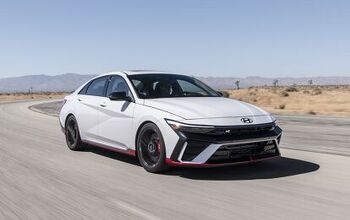


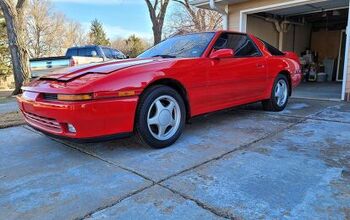

Comments
Join the conversation
What Chrysler needs is a large crossover (as much as I dislike them). The 300 styling cues would transfer very nicely to that body style (think F-Pace). I'd also love to see a new two door Imperial based of the Challenger as a halo car. Yeah its a dying segment, but does it a big luxury coupe at a reasonable price.
FCA can't sell the cars it already makes. Not without serious MASSIVE discounts, or extremely low leases. The thing is, no one else can either. I think the day of the car might be over. CUV's and SUVs for everyone, it appears. FCA should have spent the money they probably wasted on Alfa on a new Grand Cherokee. It's old. And sales have fallen to all the newer competition.